Brewing espresso at home might seem like a daunting task, but with the right equipment and a bit of know-how, you can create cafe-quality espresso in the comfort of your own kitchen. Imagine starting your day with a rich, velvety shot of espresso, crafted by your own hands. It’s simpler than you might think and incredibly rewarding.
This guide will walk you through the essentials on how to brew espresso at home, from selecting the perfect beans to mastering the extraction process. Get ready to transform your kitchen into your very own coffee haven!
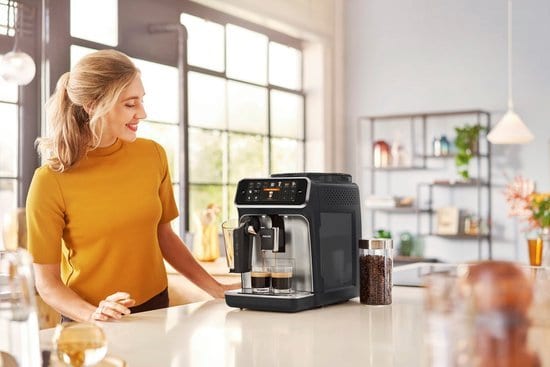
Understanding Espresso
Espresso is the heart and soul of many beloved coffee beverages, but what exactly is it? Originating in Italy, espresso is a concentrated form of coffee brewed by forcing hot water through finely-ground coffee beans. This process, known as extraction, results in a small, potent shot of coffee with a rich, bold flavor and a creamy layer of foam on top called crema.
Unlike drip coffee, which relies on gravity, espresso is brewed under high pressure, which is key to its unique taste and texture. The intense flavor and thicker consistency of espresso set it apart from other coffee forms, making it the perfect base for drinks like lattes, cappuccinos, and macchiatos.
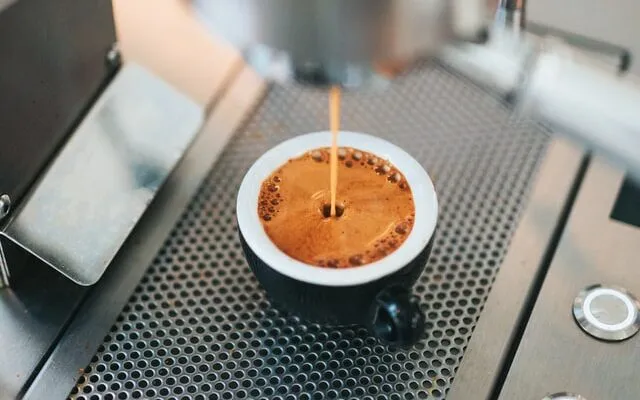
The Importance of Coffee Beans
When it comes to brewing the perfect espresso, the quality and type of coffee beans you choose play a crucial role. Espresso requires beans that can stand up to the intense pressure and short extraction time, delivering a bold and balanced flavor.

Types of Coffee Beans
- Arabica: Known for its smooth and complex flavor, Arabica beans are a popular choice for espresso. They offer a wide range of flavors, from sweet and fruity to nutty and chocolatey, making them versatile for various espresso drinks.
- Robusta: These beans are often used in espresso blends to add a robust and earthy flavor. Robusta beans have higher caffeine content and produce a thicker crema, which enhances the espresso’s body and texture.
- Blends: Many espresso enthusiasts prefer blends that combine Arabica and Robusta beans. This combination balances the smoothness of Arabica with the strength and crema-producing qualities of Robusta, resulting in a well-rounded shot.
Flavor Profiles
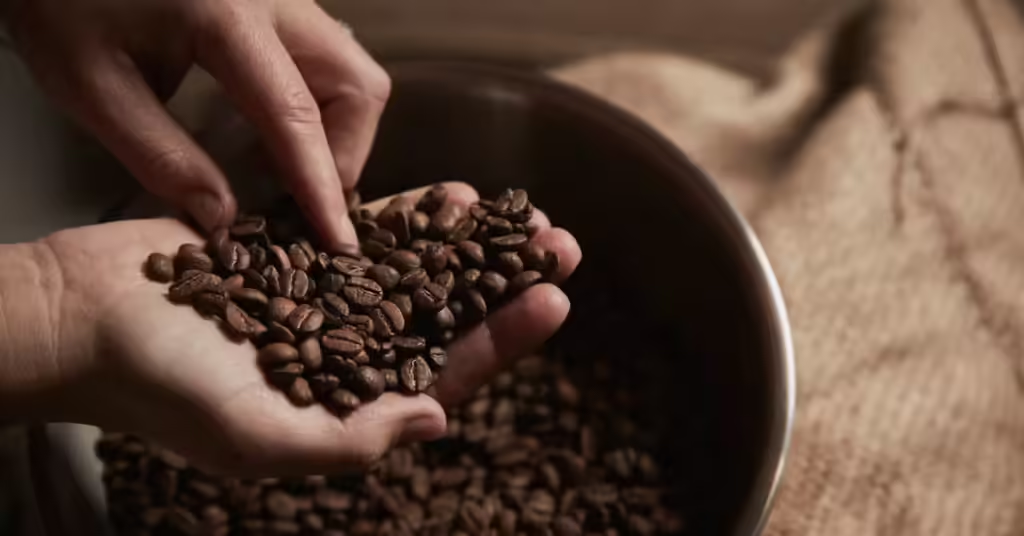
- Single-Origin Beans: These beans come from a specific region or even a single farm, offering unique flavor profiles that reflect their origin. They can provide distinct and interesting tastes, but they might be less consistent in delivering a balanced espresso shot.
- Espresso Blends: These are crafted to achieve a harmonious flavor and consistent quality. Blends are typically designed to highlight the best characteristics of different beans, providing a more predictable and enjoyable espresso experience.

Impact of Bean Quality
The quality of your coffee beans significantly affects the taste of your espresso. Freshly roasted, high-quality beans ensure a richer flavor and more aromatic shot. Always opt for beans that are freshly roasted and ideally use them within a few weeks of roasting to enjoy their peak flavor. Investing in high-quality beans might cost a bit more, but the superior taste and overall experience are well worth it.

Equipment Needed
Brewing espresso at home requires some specialized equipment to ensure you get the best results. Here’s a rundown of what you’ll need:
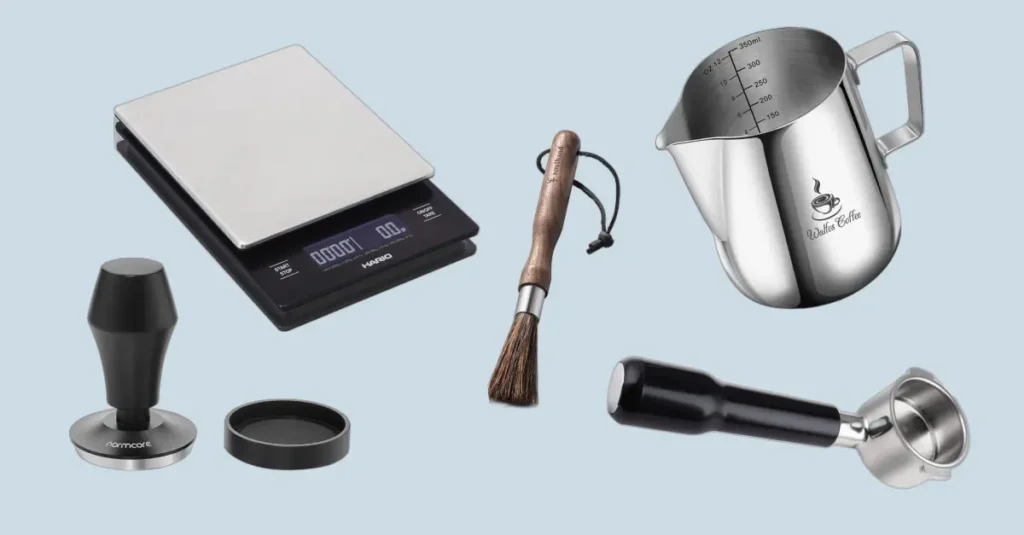
- Espresso Machine: The heart of home espresso brewing. Machines range from basic to professional-grade, each offering different features and capabilities.
- Grinder: A high-quality burr grinder is crucial for achieving the fine, consistent grind needed for espresso.
- Tamper: This tool helps you evenly compress the coffee grounds in the portafilter, essential for proper extraction.
- Scale: A digital scale ensures precise measurement of coffee grounds and water, crucial for consistency.
- Milk Frother: If you enjoy lattes and cappuccinos, a milk frother is essential for steaming and frothing milk to perfection.
Choosing the Right Espresso Machine
Selecting the best espresso machine for your home can be a bit overwhelming, but here are some key factors to consider:
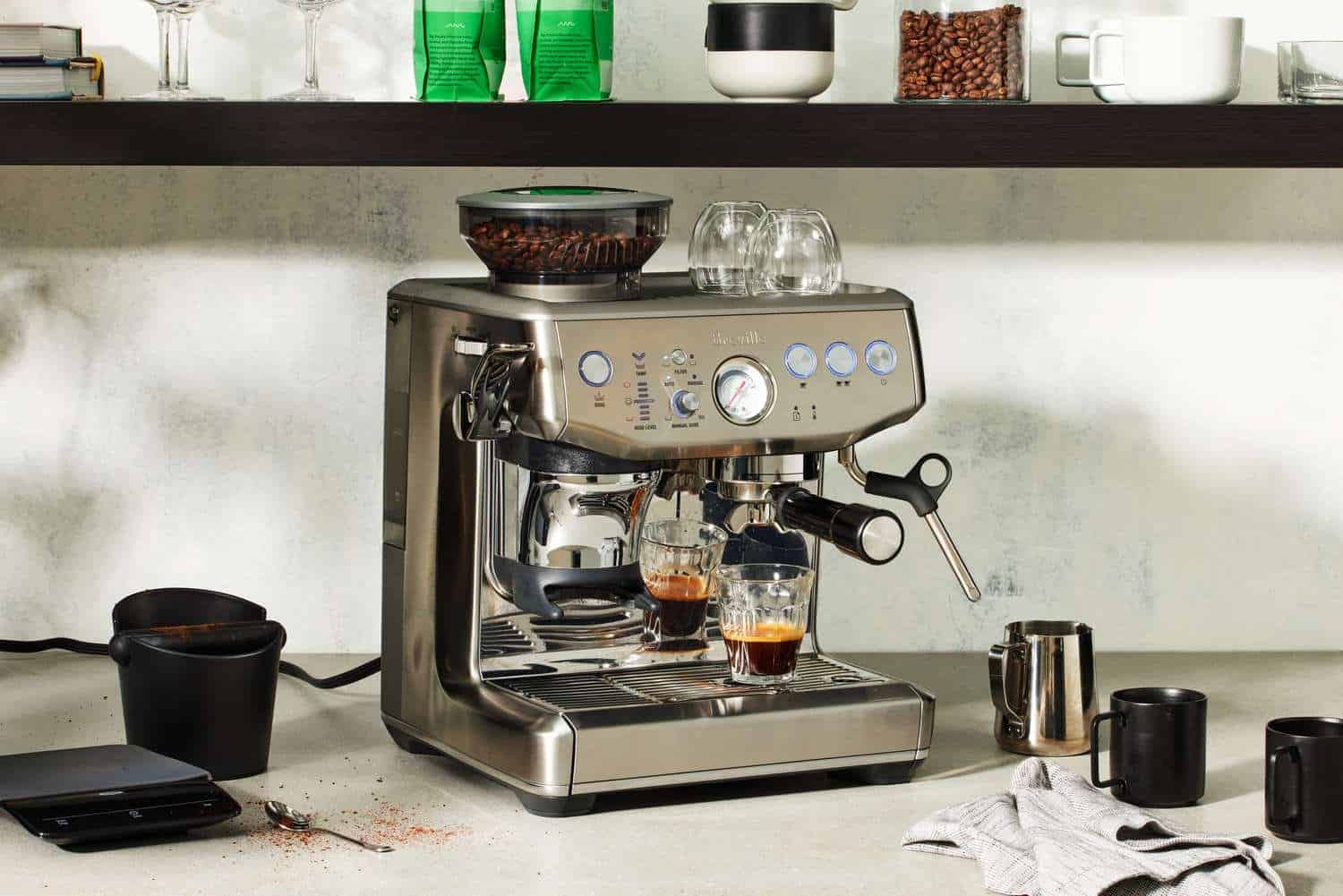
- Budget: Espresso machines come in a wide range of prices. Entry-level models are more affordable but might lack advanced features. Higher-end machines offer greater control and consistency but come at a higher cost.
- Kitchen Space: Consider the size of the machine and how much counter space you can dedicate to it. Compact models are great for small kitchens, while larger machines might offer more features.
- Features: Look for machines with features that match your needs, such as a built-in grinder, programmable settings, and a steam wand for frothing milk.
- Ease of Use: If you’re new to brewing espresso, a machine with user-friendly controls and clear instructions will be beneficial. More advanced users might prefer machines that offer more manual control for fine-tuning their shots.
- Durability and Maintenance: Check reviews and consider the build quality. Machines made with durable materials and easy-to-clean components will provide better longevity and less hassle.
Using a Stovetop Espresso Maker
If an espresso machine is out of your budget or you prefer a simpler method, a stovetop espresso maker, also known as a Moka pot, is a great alternative. Here’s how to use it:
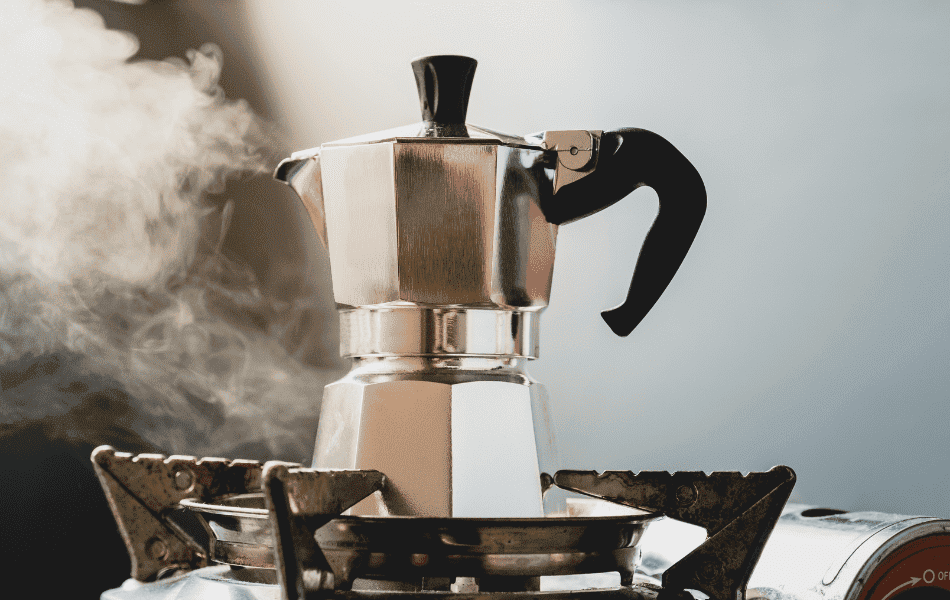
- Fill the Bottom Chamber: Fill the bottom chamber of the Moka pot with cold water up to the pressure valve.
- Add Coffee Grounds: Insert the filter basket and fill it with finely ground coffee, leveling off the top without packing it down.
- Assemble the Pot: Screw the top and bottom parts of the Moka pot together securely.
- Heat on the Stove: Place the Moka pot on the stove over medium heat. As the water heats, it will create steam and pressure, forcing the water through the coffee grounds and into the top chamber.
- Monitor the Process: Listen for a hissing sound indicating that the coffee is brewing. Once you hear a gurgling noise, the coffee is ready. Remove the pot from the heat.
- Serve and Enjoy: Pour the freshly brewed espresso into your cup and enjoy! For the best results, use freshly ground coffee and ensure the pot is cleaned thoroughly after each use.
The Brewing Process
Brewing the perfect espresso involves several crucial steps, each contributing to the final flavor and quality of your shot. From grinding your beans to tamping and extraction, each stage requires attention to detail and precision. This guide will take you through the entire brewing process, ensuring you can create a delicious espresso at home.
Grinding Your Beans
The grind size and consistency of your coffee beans are paramount for a successful espresso. For espresso, you’ll need a fine grind, similar to powdered sugar. Use a high-quality burr grinder to achieve a uniform grind, as inconsistent particles can lead to uneven extraction and a subpar shot. Adjust your grinder to the finest setting, and remember that freshly ground coffee always delivers the best flavor.

Mastering the Tamping Technique
Proper tamping is essential to ensure even water distribution through the coffee grounds during extraction. Start by dosing the correct amount of coffee into the portafilter, then level it off to ensure an even surface. Use a tamper to apply firm and even pressure, pressing the grounds into a compact puck. The goal is to create a level surface with consistent density, which helps achieve a balanced extraction and a rich, flavorful espresso.
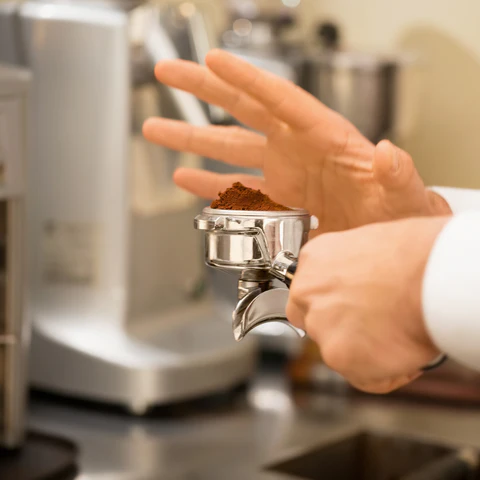

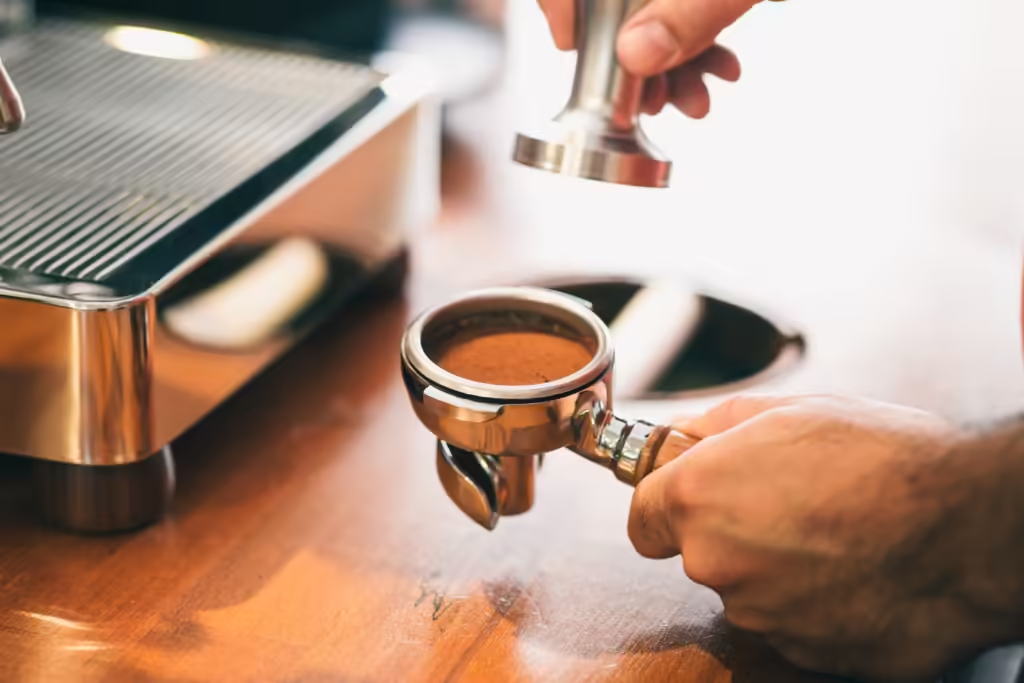
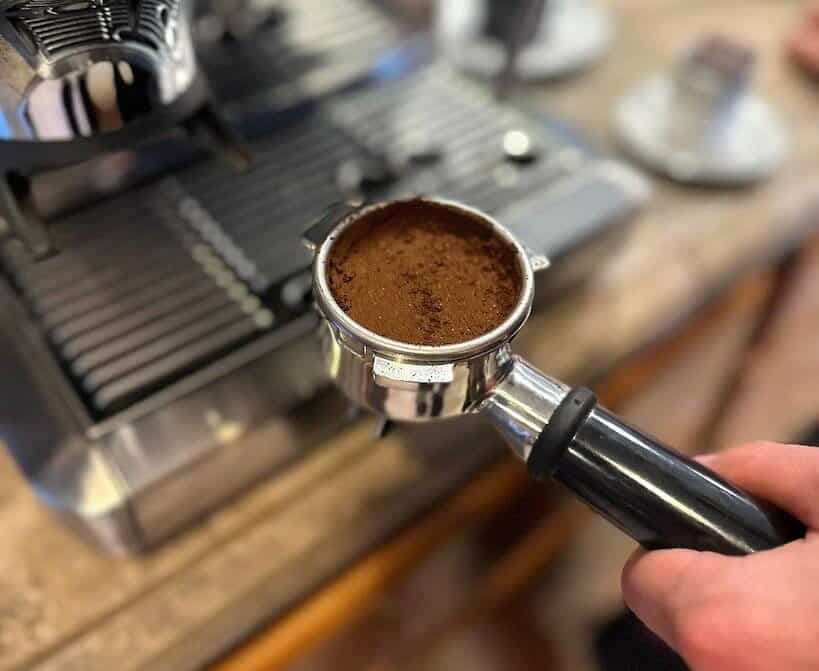
Perfecting Your Pull
Pulling the perfect shot of espresso is both an art and a science. The key factors to focus on are timing, pressure, and visual cues. Here are some tips to help you achieve that ideal espresso shot:
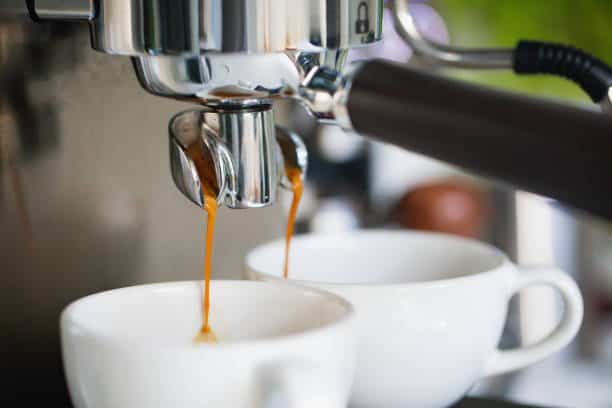
- Pre-Infusion: Start with a pre-infusion phase where you apply a small amount of pressure to the grounds for a few seconds. This helps to evenly saturate the coffee, leading to better extraction.
- Extraction Time: The optimal extraction time for a single shot of espresso is typically between 25-30 seconds. If your shot pulls too quickly or too slowly, adjust your grind size accordingly. A shot that pulls too fast indicates a coarse grind, while a slow pull suggests a grind that is too fine.
- Pressure: Ensure your machine is operating at the right pressure, usually around 9 bars. Consistent pressure is crucial for a balanced extraction.
- Visual Cues: Pay attention to the color and flow of your espresso. The shot should start with a rich, dark stream and gradually turn golden with a steady, consistent flow. The crema on top should be thick and golden-brown.
- Taste and Adjust: Taste your espresso and make adjustments as needed. A perfect shot should have a balance of sweetness, bitterness, and acidity, with a smooth, rich mouthfeel.
Enhancements and Variations
Once you’ve mastered the art of brewing espresso, it’s time to explore popular enhancements and variations. You can transform your espresso into a range of delightful drinks by adding simple ingredients or trying different techniques. Whether you prefer the bold simplicity of an Americano, the creamy richness of a latte, or the frothy delight of a cappuccino, these variations can elevate your home café experience. Let’s dive into how you can craft these classic espresso-based beverages in your kitchen.
Making an Americano
Creating an Americano at home is simple and satisfying. Here’s how to do it:
- Brew Your Espresso: Start by pulling a shot of espresso using your machine or stovetop espresso maker.
- Add Hot Water: Fill a mug with hot water, about 6-8 ounces for a traditional Americano.
- Combine: Pour the espresso shot into the hot water. The hot water dilutes the espresso, resulting in a smooth, rich coffee with a slightly milder flavor than a straight espresso shot.

Crafting the Perfect Latte
Making a latte at home involves a few key steps to ensure a creamy, delicious drink:
- Brew Your Espresso: Pull a shot (or double shot) of espresso.
- Froth the Milk: Use a steam wand or milk frother to steam and froth about 6-8 ounces of milk. Aim for a smooth microfoam with tiny bubbles.
- Combine: Pour the espresso into a large cup. Gently add the steamed milk, holding back the foam with a spoon.
- Top with Foam: Finish by spooning a dollop of frothy milk foam on top.

For added flair, sprinkle some cocoa powder, cinnamon, or a flavored syrup over your latte.
Maintenance and Care
Regular cleaning and maintenance of your espresso machine and accessories are essential to ensure longevity and consistently great-tasting coffee. Here’s how to keep your equipment in optimal condition:
- Daily Cleaning:
- Wipe Down: After each use, wipe down the steam wand, portafilter, and group head with a damp cloth to remove any coffee residue and milk deposits.
- Flush: Run a quick flush of water through the group head to clear out any leftover coffee particles.
- Weekly Cleaning:
- Deep Clean the Portafilter: Soak the portafilter and basket in a solution of warm water and a mild detergent or espresso machine cleaner. Scrub with a soft brush to remove any built-up oils and coffee grounds.
- Clean the Drip Tray and Water Tank: Empty and clean the drip tray and water tank with warm, soapy water. Rinse thoroughly and dry before reassembling.
- Monthly Maintenance:
- Descale the Machine: Use a descaling solution to remove mineral deposits from the internal components of your espresso machine. Follow the manufacturer’s instructions for the best results.
- Backflush: Perform a backflush with a cleaning tablet to clear out any coffee oils and residues from the group head. This process helps maintain the pressure and flow of your machine.
- Other Tips:
- Use Filtered Water: Using filtered water can reduce mineral buildup and improve the taste of your espresso.
- Replace Parts as Needed: Regularly check and replace gaskets, seals, and other parts as recommended by the manufacturer to keep your machine running smoothly.
Proper maintenance not only extends the life of your espresso machine but also ensures that every shot you pull tastes fresh and delicious.
Disclosure: Our blog contains affiliate links to products. We may receive a commission for purchases made through these links. However, this does not impact our reviews and comparisons. We try our best to keep things fair and balanced, in order to help you make the best choice for you.

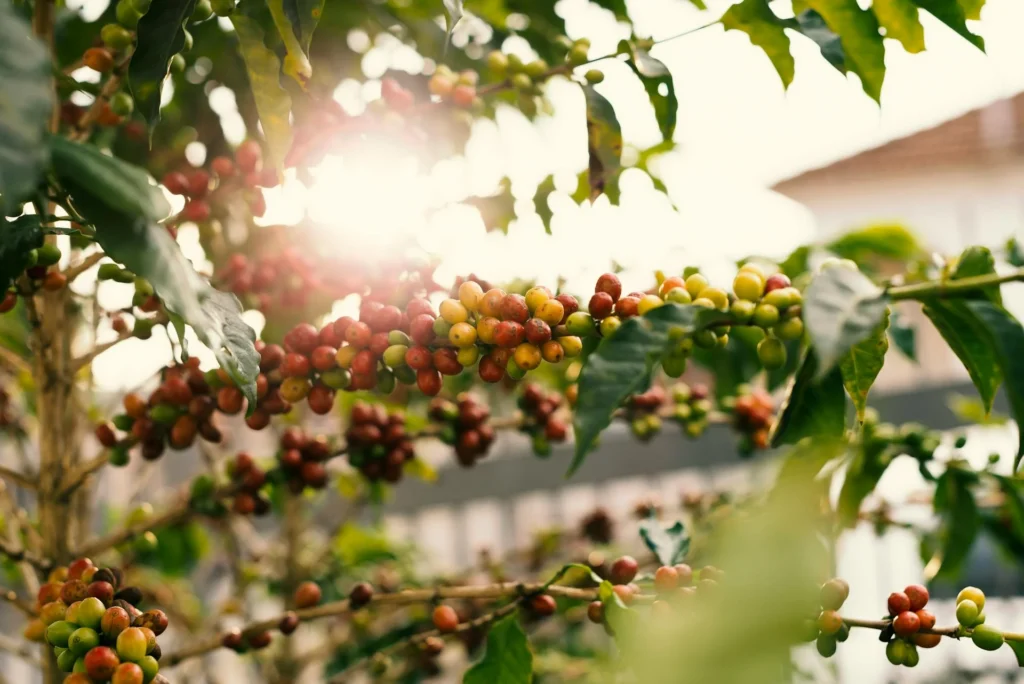
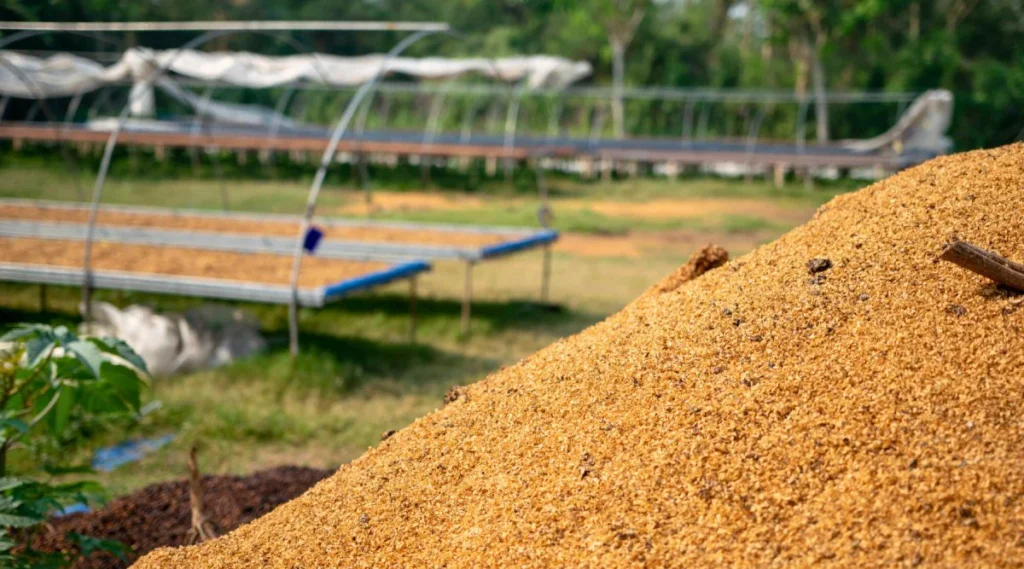


One Response